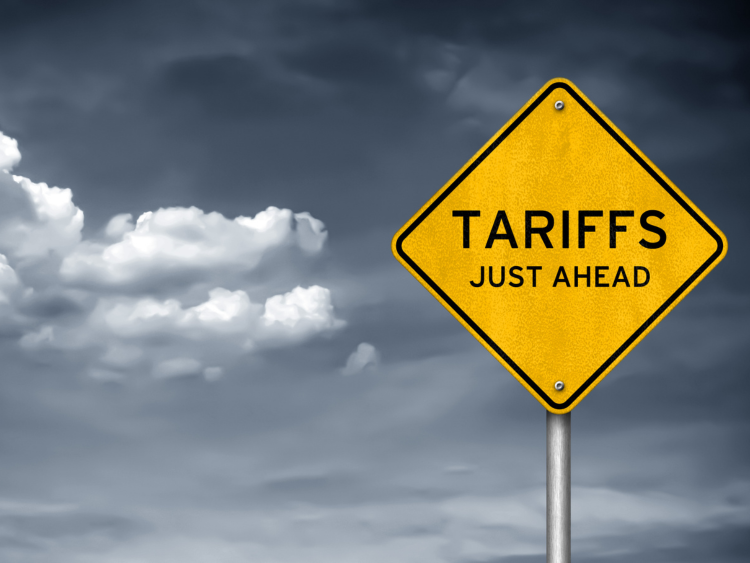Government/Policy

US DOC Releases AD Ruling on Hot Rolled
Written by John Packard
March 15, 2016
The US Department of announced this evening that evidence of dumping (antidumping or AD) existed on imports of hot rolled steel from Australia, Brazil, Japan, Korea, the Netherlands, Turkey and the United Kingdom. Dumping duties ranged from a low of 3.97 percent out of Hyundai Steel Company in Korea to a high of 49.05 percent for Tata Steel and all producers out of the United Kingdom.
Dumping exists when a foreign country sells a product to the United States at less than its fair value.
Here is a breakdown of each country as reported by the US Department of Commerce in their release this evening:
In the Australia investigation, mandatory respondent BlueScope Steel Ltd. received a preliminary dumping margin of 23.25 percent. All other producers/exporters in Australia received a preliminary dumping margin of 23.25 percent.
In the Brazil investigation, mandatory respondents Companhia Siderurgica Nacional and Usinas Siderurgicas de Minas Gerais (Usiminas) received preliminary dumping margins of 33.91 percent and 34.28 percent, respectively. All other producers/exporters in Brazil received a preliminary dumping margin of 33.91 percent. The rate for Usiminas was calculated using total adverse facts available because the company did not respond to Commerce’s questionnaire.
In the Japan investigation, mandatory respondents JFE Steel Corporation and Nippon Steel & Sumitomo Metal Corporation received preliminary dumping margins of 6.79 percent and 11.29 percent, respectively. The rates for both companies were calculated using partial facts available and adverse facts available, as they did not provide Commerce with certain requested information. All other producers/exporters in Japan received a preliminary dumping margin of 10.24 percent.
In the Korea investigation, mandatory respondents Hyundai Steel Company and POSCO received preliminary dumping margins of 3.97 percent and 7.33 percent, respectively. All other producers/exporters in Korea received a preliminary dumping margin of 5.65 percent.
In the Netherlands investigation, the mandatory respondent Tata Steel IJmuiden B.V. received a preliminary dumping margin of 5.07 percent, which was calculated using partial adverse facts available because the company failed to provide certain requested information. All other producers/exporters in the Netherlands received a preliminary dumping margin of 5.07 percent.
In the Turkey investigation, mandatory respondents Colakoglu Metalurji A.S./Colakoglu Dis Ticaret A.S and Ereğli Demir ve Çelik Fabrikaları T.A.Ş./Iskendrun Demir ve Çelik T.A.Ş. received preliminary dumping margins of 7.07 percent and 5.24 percent, respectively. All other producers/exporters in Turkey received a preliminary dumping margin of 6.82 percent.
In the United Kingdom investigation, the mandatory respondent Tata Steel U.K. Ltd. received a preliminary dumping margin of 49.05 percent. All other producers/exporters in the United Kingdom received a preliminary dumping margin of 49.05 percent.
As a result of the preliminary affirmative determinations, Commerce will instruct U.S. Customs and Border Protection to require cash deposits for covered imports of hot-rolled steel flat products based on these preliminary rates.
Critical circumstances were alleged with respect to imports of hot-rolled steel flat products from Australia, Brazil, Japan, and the Netherlands. On December 9, 2015, Commerce preliminarily found that critical circumstances exist with respect to certain exporters from Brazil and Japan. Where critical circumstances were found, CBP will be instructed to retroactively impose provisional measures on entries of hot-rolled steel flat products effective 90 days prior to publication of the preliminary determinations in the Federal Register. Critical circumstances were not found with respect to imports of hot-rolled steel flat products from Australia and the Netherlands.

John Packard
Read more from John PackardLatest in Government/Policy

Price on Trade: The foolishness of free trade with controlled economies
It was only a matter of time before a shutdown happened. And, no, we aren’t talking about the federal government’s lapse in appropriations. On Oct. 9, Beijing announced a series of restrictions that will effectively shut down exports of rare earth elements, magnets, and certain downstream products vital to advanced manufacturing.

Trump pulls plug on trade talks with Canada after anti-tariff Reagan ad
US President Donald Trump took to social media late Thursday night to announce he was canceling trade talks with Canada.

Leibowitz: Renewed trade war with China over rare earths
On Oct.10, President Trump announced major increases in tariffs on Chinese goods. The trigger was a new regime of export controls on rare earth metals and products using those elements, including magnets, capital equipment, and catalysts for catalytic converters in cars and trucks.

Industry piles on new Section 232 steel derivative inclusion requests
The Department of Commerce received 97 submissions from producers, manufacturers, and groups seeking Section 232 tariff coverage for steel and aluminum derivative products.

Price on Trade: New EU steel tariffs don’t mean the US should weaken its stance
Any steel imports into the EU that exceed the new, lower quota level would be subject to a 50% tariff, which represents a major increase from the EU’s current 25% out-of-quota tariff. This move would largely align the EU’s steel tariff rate with Canada and the United States.
